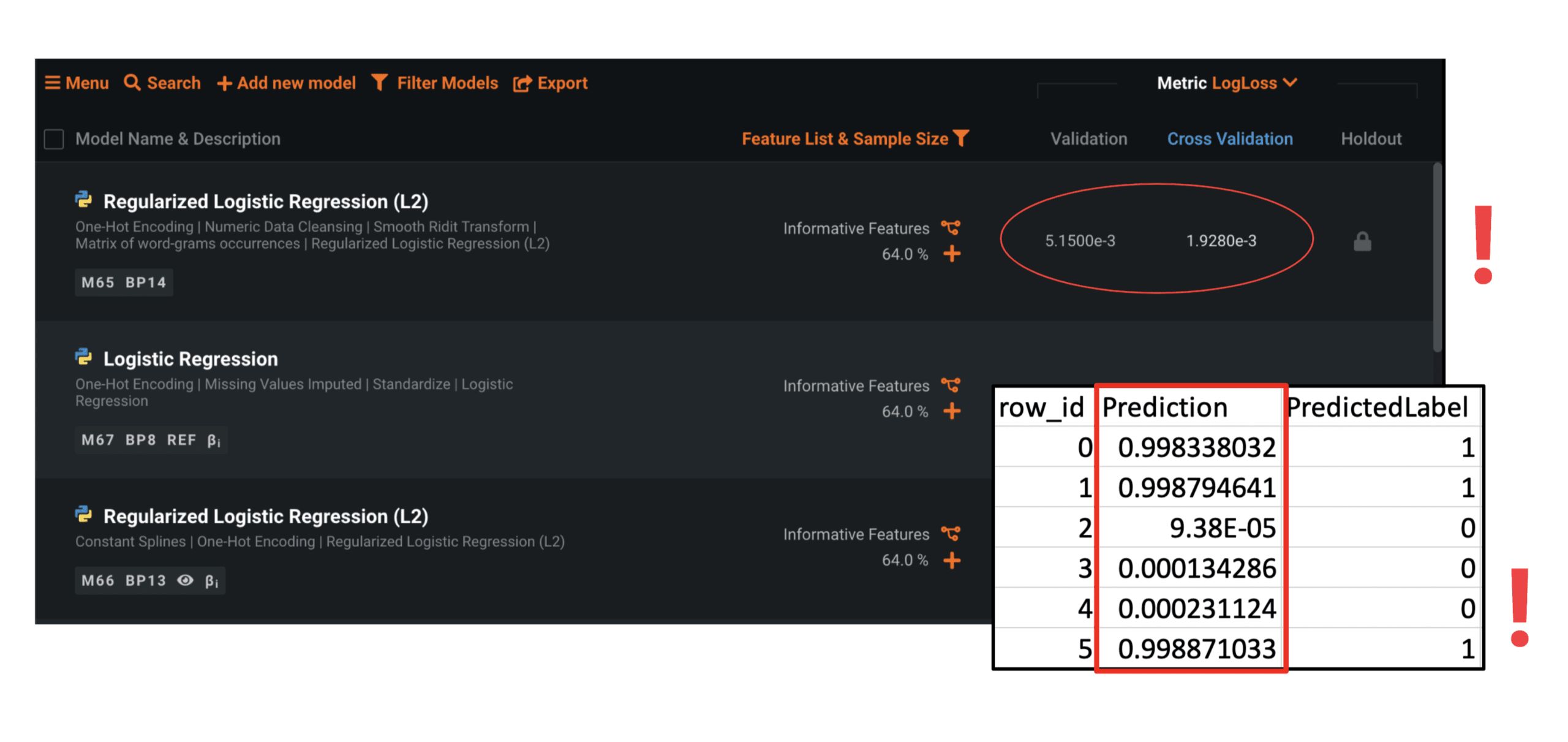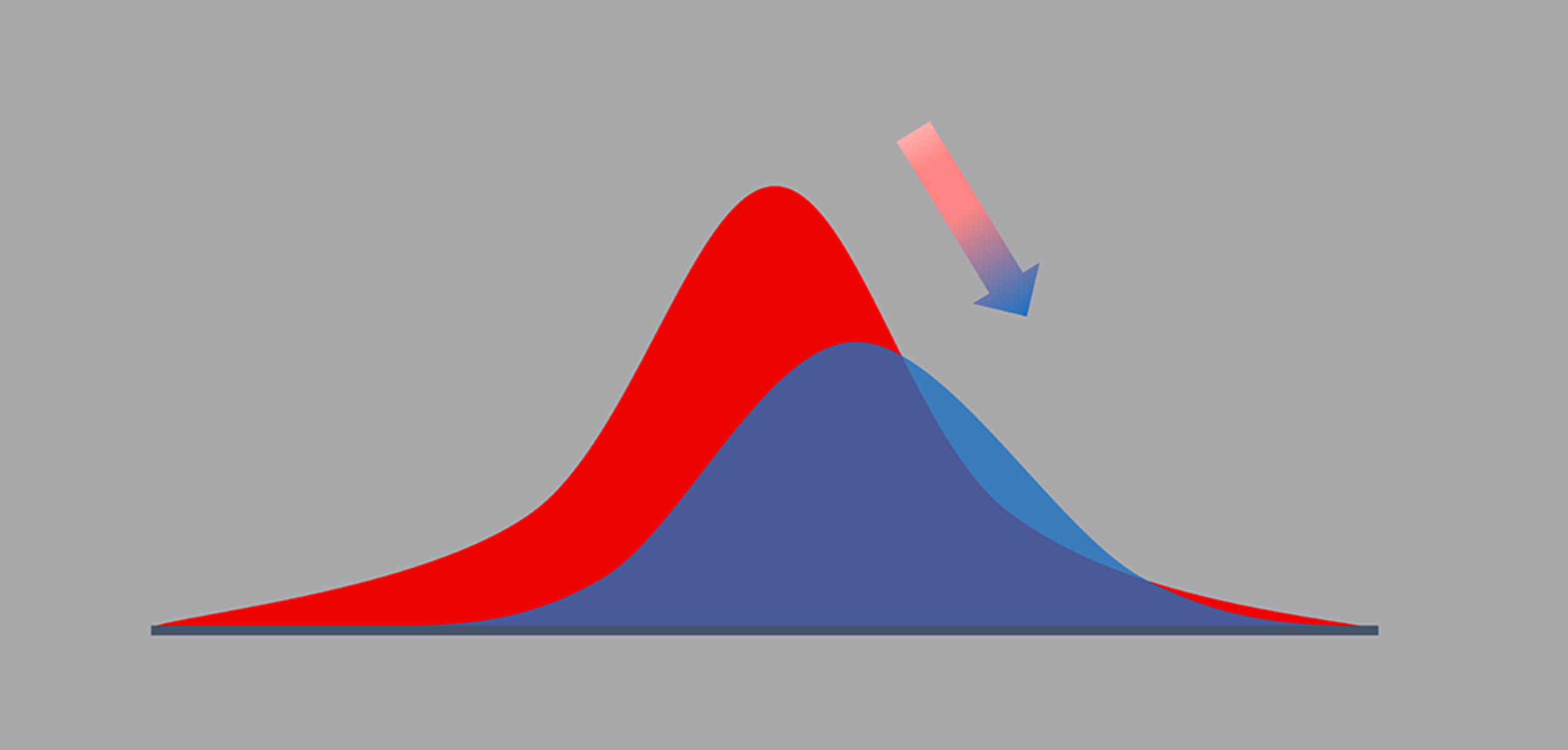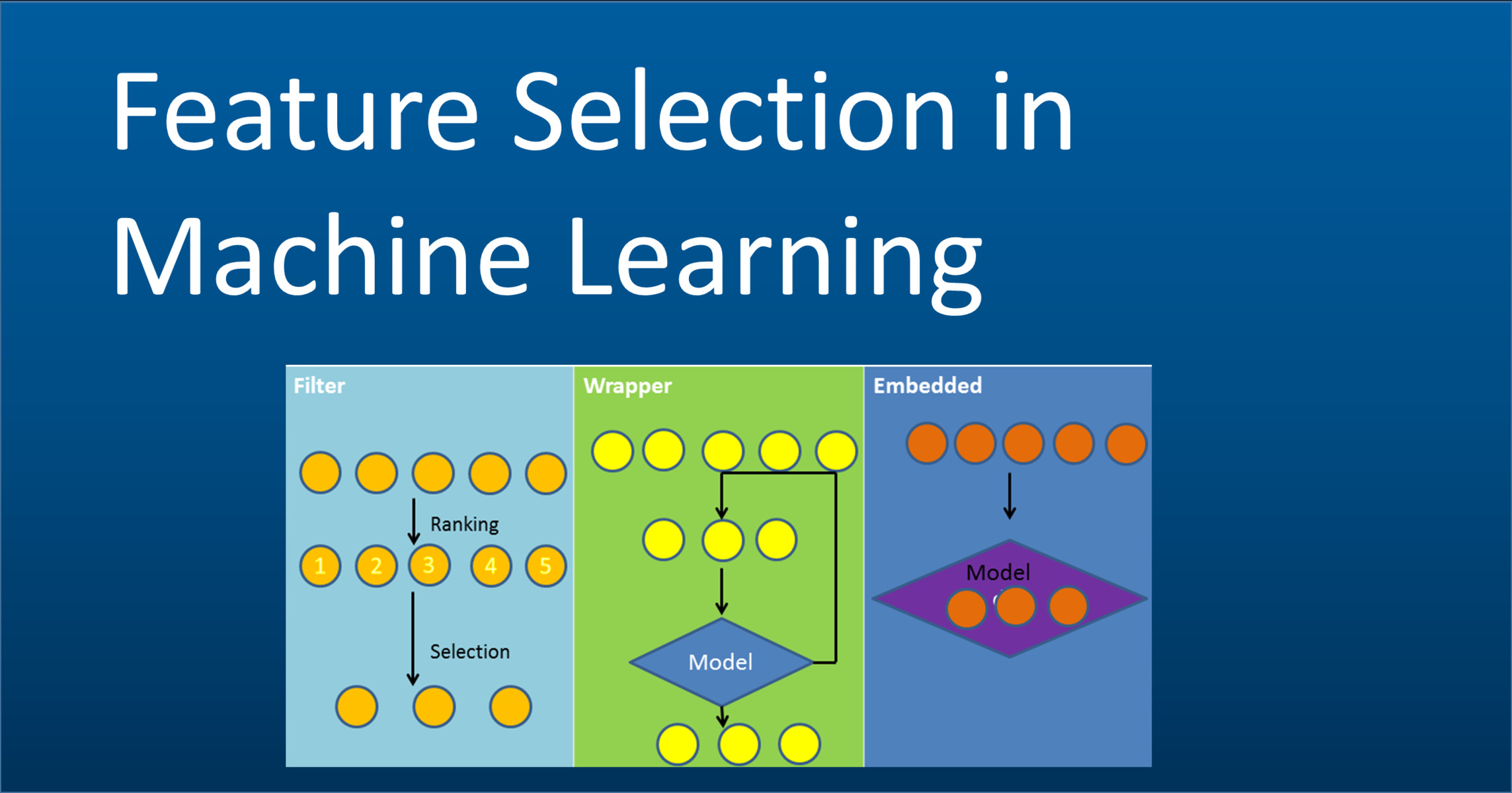Introduction
Machine learning has become an essential tool in today’s rapidly advancing technological landscape. It involves training computers to learn and make predictions or decisions based on data. One crucial element in machine learning is the target, also known as the dependent variable or the output variable. In simple terms, the target is the variable we want the model to predict or classify accurately.
Without a clear understanding of the target, the entire machine learning process becomes futile. The target serves as the ultimate goal or objective of the model, dictating the problem that needs to be resolved. Whether it’s predicting customer behavior, classifying images, or determining the likelihood of a loan default, the target is at the heart of the process.
Defining the target accurately is vital because it forms the basis for our model’s evaluation and performance assessment. The ultimate aim is to build a model that can accurately predict or classify new data points based on the patterns and insights learned from the training data.
In this article, we will delve deeper into the concept of a target in machine learning. We will explore its definition, its significance in the machine learning pipeline, and the different types of targets that can be encountered. Additionally, we will discuss how to identify and define a target effectively, as well as the challenges that may arise in this process.
Definition of a Target in Machine Learning
In the context of machine learning, a target refers to the variable that we aim to predict or classify accurately. It is the output variable or the dependent variable that serves as the ultimate goal of our model. The target represents the concept or outcome we are interested in understanding or predicting based on the available data.
For example, in a spam email classification model, the target variable would be a binary variable indicating whether an email is spam or not. In a housing price prediction model, the target variable would be the price of the house. In image recognition, the target could be a specific object or class that we want the model to identify.
The target variable can take different forms depending on the type of machine learning problem. In regression problems, the target variable is continuous and can have a range of values. In classification problems, the target variable is categorical and can have two or more classes. There are also other problem types, such as clustering and anomaly detection, where the target variable may have different characteristics.
Defining the target variable is crucial because it sets the direction and purpose of our machine learning model. It determines the type of algorithms and techniques we need to use, the evaluation metrics we will employ, and the overall success of our model in making accurate predictions or classifications.
Furthermore, the target variable should be carefully chosen based on the problem at hand and the available data. It should be relevant, meaningful, and align with the objectives of the project. Choosing an appropriate target variable is at the core of problem formulation and plays a vital role in the success of our machine learning endeavors.
Importance of a Target in Machine Learning
The target variable plays a critical role in the machine learning process and holds significant importance. It serves as the basis for developing and evaluating our models, making it vital to understand its significance. Here are a few key reasons why the target is important in machine learning:
- Guiding Model Development: The target variable guides the entire model development process. It sets the objective of our model by specifying what we aim to predict or classify accurately. The target helps us determine the appropriate algorithms, techniques, and model architectures that will best suit the problem at hand.
- Evaluating Model Performance: The target variable is used to evaluate the performance of our models. By comparing the predicted values or classifications with the actual target values in the testing phase, we can measure the accuracy of our model and identify areas of improvement. The target variable acts as a benchmark for assessing the success and effectiveness of our machine learning models.
- Driving Insights and Decision Making: The target variable helps us gain insights and make informed decisions. By analyzing the relationship between the target variable and the input features, we can uncover patterns, correlations, and dependencies. These insights can be used to understand the factors that contribute to the target variable and make data-driven decisions based on the model’s predictions.
- Enabling Predictive Capabilities: The target variable enables us to make predictions or classifications on new, unseen data. Once our model is trained and validated using the target variable, it can be deployed to make predictions or classifications on real-world data. This predictive capability allows us to utilize machine learning in various domains, such as finance, healthcare, retail, and more.
- Impact on Business and Decision-Making: The target variable has a direct impact on business outcomes and decision-making processes. Accurate predictions or classifications can lead to better decision-making, improved operational efficiency, and increased profitability. By leveraging the target variable in machine learning, organizations can gain a competitive edge and drive impactful business outcomes.
Overall, the target variable holds immense importance in machine learning. It serves as the foundation for model development, evaluation, and decision-making processes. Understanding the role and significance of the target variable is crucial for building effective and robust machine learning models that deliver accurate predictions and valuable insights.
Types of Targets in Machine Learning
In machine learning, the type of target variable depends on the problem we are trying to solve. There are several types of targets that can be encountered, each requiring different analysis and modeling techniques. Here are some common types of targets in machine learning:
- Numerical or Continuous Targets: These targets are continuous variables that can take on any value within a certain range. Examples include predicting the stock market price, estimating the age of a person, or forecasting the sales revenue for a product. To solve problems with numerical targets, regression algorithms are commonly used, such as linear regression, decision trees, or support vector regression.
- Categorical Targets: Categorical targets are variables that have distinct categories or classes. This type of target variable is commonly encountered in classification problems. Examples include predicting whether an email is spam or not, classifying images into different objects or animals, or determining the sentiment of a customer review. Classification algorithms like logistic regression, random forests, or neural networks are often employed to solve problems with categorical targets.
- Binary Targets: Binary targets are a type of categorical target variable with only two possible classes. Examples include predicting whether a customer will churn or not, determining whether a credit card transaction is fraudulent or legitimate, or classifying a tumor as malignant or benign. Binary classification algorithms, such as logistic regression, support vector machines, or gradient boosting, are commonly used to tackle problems with binary targets.
- Multi-Class Targets: Multi-class targets involve predicting among more than two classes. This type of target variable is prevalent in problems where there are multiple distinct categories. Examples include classifying handwritten digits, identifying different species of plants or animals, or recognizing different types of vehicles. Algorithms like decision trees, k-nearest neighbors, or convolutional neural networks are often employed to solve problems with multi-class targets.
- Time-Series Targets: Time-series targets represent data points collected over a period of time in sequential order. Examples include forecasting stock prices, predicting future climate patterns, or estimating electricity demand. Time-series analysis techniques, such as autoregressive integrated moving average (ARIMA) models, recurrent neural networks (RNNs), or long short-term memory (LSTM) networks, are commonly used to model and predict time-series targets.
These are just a few examples of the types of targets encountered in machine learning. It’s important to understand the nature and characteristics of the target variable to choose the appropriate modeling techniques and algorithms to solve the problem effectively.
How to Identify and Define a Target in Machine Learning
Identifying and defining a target in machine learning is a crucial step in problem formulation. The target variable determines the objective of our model and guides the entire machine learning process. Here are some steps to help identify and define a target effectively:
- Understand the Problem: Gain a clear understanding of the problem you are trying to solve. Identify the outcome or concept that you want the model to predict or classify. Consider the domain knowledge and business context to define a target that is relevant and meaningful.
- Analyze the Available Data: Explore the available data to gain insights on what variables might serve as potential targets. Examine the relationships between the variables and determine which one is most closely related to the desired outcome. Consider the data type, distribution, and characteristics of the variables.
- Define the Measurement or Classification: Determine how the target variable will be measured or classified. For example, if the target is a numerical variable, decide on the units of measurement and precision. If the target is a categorical variable, define the distinct classes or categories and their definitions.
- Validate the Target: Test the feasibility and usefulness of the target variable. Consider whether it aligns with the resources, data availability, and the problem’s scope. Assess whether the target can add value and provide actionable insights.
- Consider Ethical and Legal Implications: Evaluate the ethical and legal implications of the target variable. Ensure that it complies with privacy regulations, avoids bias or discrimination, and follows ethical guidelines. Consider the potential impact of the target variable on individuals or groups.
- Iterate and Refine: It is common to iterate and refine the target variable as the project progresses. As you gain more insights and understand the problem better, you may need to revise or redefine the target. Continuously evaluate and validate the target to ensure its relevance and effectiveness.
Identifying and defining a target requires a combination of domain knowledge, data analysis skills, and critical thinking. It is an iterative process that involves careful consideration of various factors. By following these steps, you can define a target that aligns with the problem at hand and increases the chances of building a successful machine learning model.
Challenges in Identifying and Defining a Target
While identifying and defining a target in machine learning is essential, it can also present certain challenges that need to be addressed. These challenges can impact the accuracy, reliability, and relevance of our models. Here are some common challenges in identifying and defining a target:
- Data Quality and Availability: The quality and availability of data can pose challenges in identifying an appropriate target. Incomplete or inconsistent data may limit our ability to accurately define the target variable. Insufficient data or a lack of relevant data can hinder our ability to identify a suitable target altogether.
- Noisy or Biased Data: When working with real-world data, we often encounter noise or bias that can impact the target variable. Noisy data contains errors, outliers, or inconsistencies that can misrepresent the target. Bias in the data can introduce unfairness or discrimination in the target variable, leading to skewed predictions or classifications.
- Subjectivity and Ambiguity: Defining a target variable can be subjective and ambiguous, especially in complex problems or domains. The interpretation and definition of the target may vary across different stakeholders, leading to challenges in consensus and agreement. Subjective definitions can introduce bias or confusion in the model.
- Changing Targets or Objectives: Targets and objectives may change as the project progresses or new insights are gained. This can introduce challenges in maintaining consistency and stability in the target definition. The need to adapt or redefine the target can impact the model’s training and evaluation process.
- Trade-offs and Constraints: Sometimes, there are trade-offs and constraints that need to be considered when defining the target. For example, balancing accuracy with interpretability, or privacy concerns that restrict the collection or use of certain data. These trade-offs and constraints can influence the target definition and its practical implementation.
- Ethical considerations: Defining a target involves ethical considerations, such as avoiding bias, ensuring fairness, and protecting privacy. Addressing these ethical concerns can be challenging, especially in areas where data collection, usage, or predictions can have a significant impact on individuals or groups.
Overcoming these challenges requires careful analysis, domain expertise, and collaboration among stakeholders. It is important to be aware of these challenges and actively work towards mitigating their impact on the target identification and definition process. By addressing these challenges, we can improve the accuracy, reliability, and ethical aspects of our machine learning models.
Conclusion
The target variable is a crucial component of machine learning. It represents the variable we aim to predict or classify accurately, guiding the development, evaluation, and decision-making processes of our models. By understanding and defining the target effectively, we can build robust and successful machine learning models that deliver accurate predictions and valuable insights.
In this article, we explored the definition and importance of the target variable in machine learning. We discussed the different types of targets, such as numerical, categorical, binary, multi-class, and time-series targets, and how they influence the modeling techniques we employ.
We also outlined a step-by-step approach to identify and define a target, emphasizing the need for clear problem understanding, data analysis, and validation. However, we also acknowledged the challenges that can arise in this process, including data quality and availability, biases, subjectivity, changing objectives, trade-offs, and ethical considerations.
Despite these challenges, it is essential to address them to ensure the accuracy, reliability, and ethical aspects of our machine learning models. By doing so, we can harness the power of machine learning to drive innovation, make informed decisions, and achieve impactful results in various domains.
As machine learning continues to advance, the importance of the target variable remains constant. It serves as the compass that guides our models, transforming data into meaningful predictions or classifications. By giving careful consideration to the target variable, we can unlock the full potential of machine learning and contribute to the ongoing growth and success of this field.

























